
There are four chambers of the heart: the upper two are called the atria (singular: atrium), and the bottom two chambers are called the ventricles. A valve is present between each atrial and ventricular pair. These valves are referred to as the atrioventricular valves. The valve between the left atrium and ventricle is called the mitral valve, and the valve between the right atrium and ventricle is the tricuspid valve.
Endocardiosis is a condition in which excessive fibrous tissue develops in the atrioventricular valves, affecting both the structure and function of the valves. This defect ultimately leads to congestive heart failure (CHF) in such patients. In a failing state, the heart is not able to pump adequate blood and must work harder in order to meet the body's requirements. This increased effort leads to structural damage to the heart, eventually leading to functional incapacitation. This disease is uncommon in cats, but when it does occur it is more likely to affect older cats.
Following are some of the symptoms related to atrioventricular valve endocardiosis. Please note that the severity and frequency of these symptoms may vary depending upon the severity of the disease itself.
As the disease advances, cough, exercise intolerance, breathing problems and other symptoms become more severe and may occur more frequently.
Idiopathic – obscure or unknown cause.
You will need to give a thorough history of your cat’s health and onset of symptoms. The history you provide may give your veterinarian clues as to which organs are being affected secondarily, especially since heart failure affects all other organs of the body, notably the kidney and liver. After taking a detailed background history from you, your veterinarian will perform a complete physical examination on your cat. Laboratory testing is of high value in overall diagnostic workup, and will include complete blood tests, biochemical profiling, and urinalysis. These tests will provide important information to your veterinarian for a preliminary diagnosis, as well as information about the current status of the problem.
Further confirmation of the diagnosis may be assured by using X-ray and ultrasound imaging, along with electrocardiography (ECG), echocardiography to measure the heart's electrical impulses, and color Doppler to evaluate the blood's ability to flow freely. Together, these diagnostic tools provide vital information about the structure and function of the heart and the extent of the problem your cat is experiencing. Your veterinarian will evaluate the AV valves, as well as the other heart structures, in detail using these techniques. Modern advancements have made it possible to diagnose this condition with relative speed and ease so that treatment can begin in a timely fashion.
This is progressive disease with no single treatment plan that will work for all patients. Individualized treatment will be recommended on the basis of your cat's current health status, how far the disease has progressed, and what existing complications need to be treated to stabilize your cat. Your veterinarian will discuss all of the available treatment options with you so that you can make an informed decision on how to progress. In some patients little or no treatment is required, with only regular monitoring, while others may need to be admitted for immediate emergency treatment. In still other patients, extensive medical treatment, or even surgery, may be recommended. Medical treatment will be focused on the primary disease as well as any other complications that need to be addressed immediately. Surgery to replace the defective valve may be attempted for some patients but you may need to search for a surgeon skilled in this specialized surgical technique.
The results of surgery are not promising at present, though the success rate has improved with the advancement of surgery techniques and improved surgery skills in this area of medicine.
Initially, absolute cage rest may be recommended. Once your cat's health has stabilized it may be allowed to have slow leash walks - if your cat is willing to stay on a leash - otherwise, it will need to be kept indoors. You will also need to closely observe your cat's behavior, calling your veterinarian as soon as any untoward symptoms are noticed.
Due to the progressive nature of this disease, a high level of commitment and care is required on your part for the successful management and treatment of the condition. Your veterinarian will give you a detailed plan for the administration of medications, exercise, diet, and any other vital information for treating your cat at home. Cats that are affected with atrioventricular valve endocardiosis generally need an individualized diet plan, with sodium restriction, during treatment.
You may need to visit your veterinarian every week during the first month of treatment. At each visit your veterinarian will check your cat's progress with standard laboratory testing, including radiographs and ECG. You will need to familiarize yourself with the drugs that have been prescribed for your cat and be especially vigilant about the time and frequency of dispensing these drugs. Follow your veterinarian's guidelines strictly regarding your cat's at home health management.
Long-term prognosis depends upon many factors, including the age of the patient, the current status of the disease, concurrent diseases, and management.
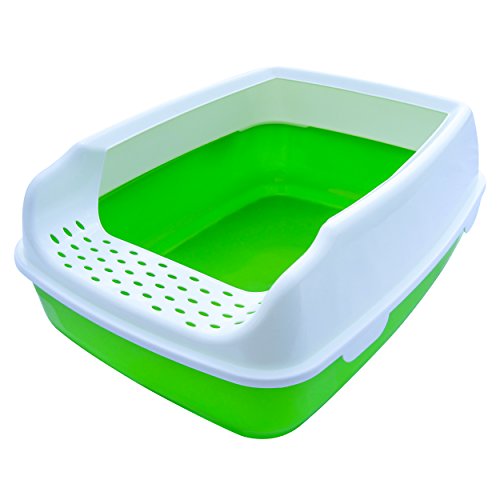 Why Do Cats Go Outside the Litter Box?
Cat owners love their cats a
Why Do Cats Go Outside the Litter Box?
Cat owners love their cats a
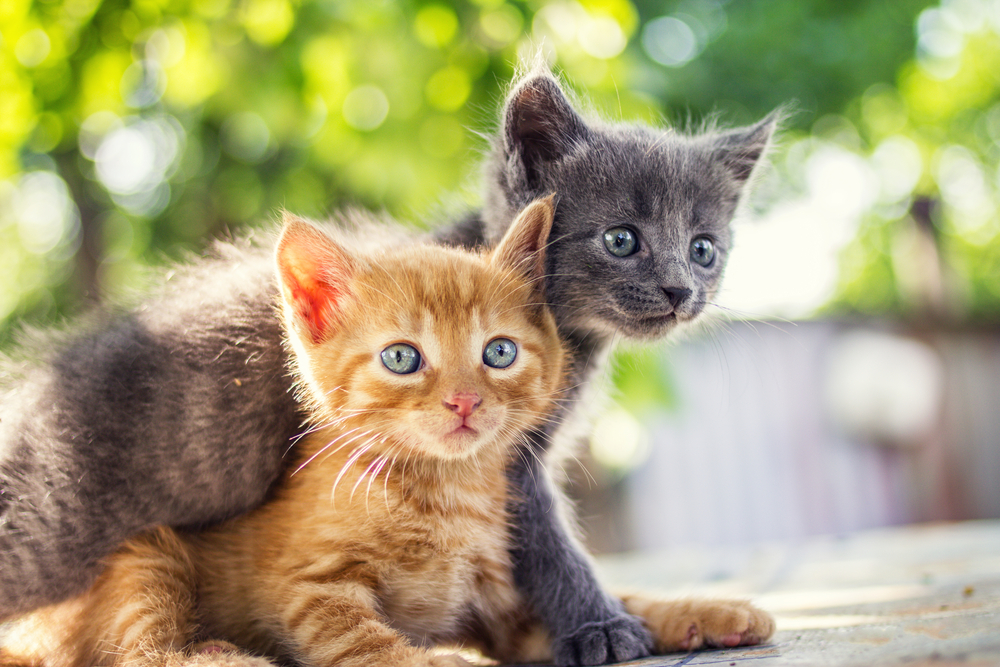 Coronavirus in Cats
Feline Infectious Peritonitis (FIP) in Cats
Felin
Coronavirus in Cats
Feline Infectious Peritonitis (FIP) in Cats
Felin
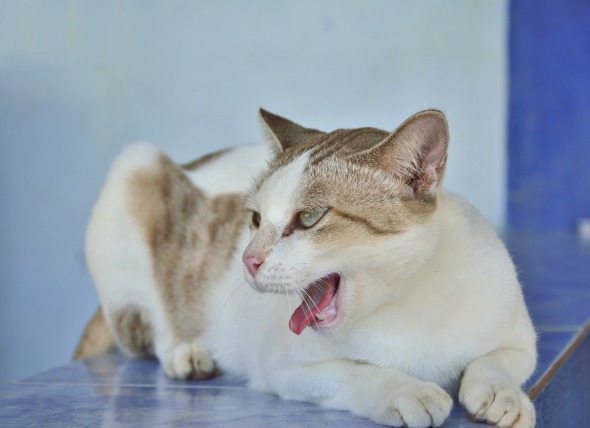 Coughing in Cats
Tussis in Cats
Coughing is generally a symptom of
Coughing in Cats
Tussis in Cats
Coughing is generally a symptom of
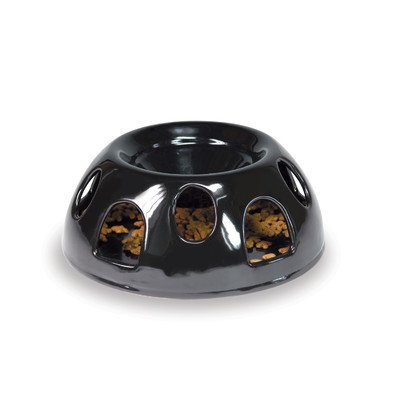 How Environmental Enrichment Can Address And Prevent Feline Problem Behavior
Cats have evolved over the y
How Environmental Enrichment Can Address And Prevent Feline Problem Behavior
Cats have evolved over the y
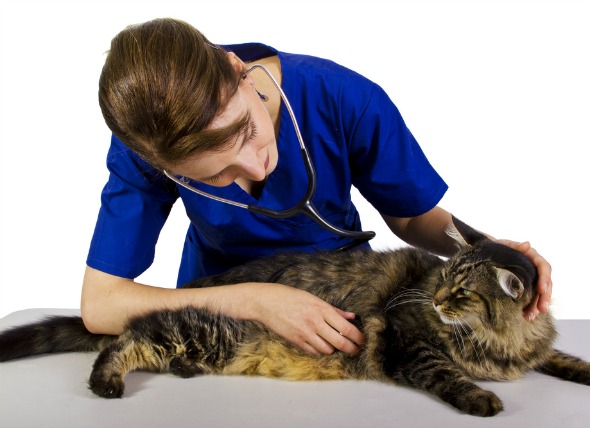 Twitch-Skin Syndrome in Cats
Feline Hyperesthesia Syndrome in Cats
Feline hype
Twitch-Skin Syndrome in Cats
Feline Hyperesthesia Syndrome in Cats
Feline hype
Copyright © 2005-2016 Pet Information All Rights Reserved
Contact us: www162date@outlook.com